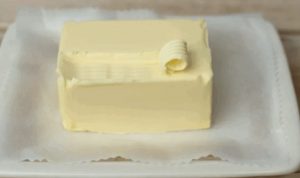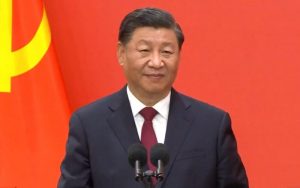
The company, which uses solar-powered GPS-enabled smart collars on dairy cows, is expected to ‘’go live’’ in the region this spring.
Halter’s Southland business development executive Helen van der Linden said southern dairy farmers had shown ‘’plenty of interest’’ in the system.
The world-first technology helps farmers break free from the time-intensive constraints of conventional dairy farming, saving on time and labour and resulting in increased production.
Halter’s smart collars have many uses, which you will read about later.
But, one of their most powerful tools is virtual fencing – the ability to fence cows into breaks without the need to physically erect break fences.
‘’It saves time, labour and increases pasture utilisation,’’ van der Linden said.
Halter’s collars use sound and vibration to keep cows in their breaks, enabling the exact allocation of pasture and crop which farmers manage remotely using a simple mobile App.
Halter was founded in 2016 by former Rocket Lab engineer Craig Piggott who told his story at the South Island Dairy Event (SIDE) in Oamaru recently.
‘’It’s a game-changer for managing stock,’’ Piggott said.
Piggott, the son of Morrinsville sharemilkers, always believed cows were ‘’pretty smart’’ animals and could learn routines easily.
‘’I would always ask – is it possible to train a cow?’’
‘’That first year I spent a lot of time in the paddock teaching cows to respond to cues – that turned into hours, weeks and months.’’
Piggott said the most important aspect of Halter was the farmers.
‘’They have been a critical part of product development,’’ he said.
Halter was scaling rapidly onto dairy farms throughout New Zealand, he said.
Already operating on farms in the Waikato and Canterbury, the dairy tech company would soon launch in Southland, West Otago, North Otago, Taranaki and the Central Plateau.
Halter employs about 130 staff and recently won two awards at the NZ High-Tech Awards and has been nominated for two more awards.
Its board comprises tier 1 Silicon Valley investors who have backed the world’s best technology companies such as SpaceX, Tesla, Airbnb and Spotify.
Halter’s other uses include automated herd movements, such as directing cows back to the shed at milking time, mob management, in-paddock drafting and pasture utilisation.
It could also detect cows on heat and alert farmers to any health issues in their herd.
Van der Linden described Halter as ‘’phenomenal’’ technology.
Her ‘’treat every blade of grass like a prisoner’’ philosophy meant pasture could be utilised to its full potential with Halter.
van der Linden also believed the dairy tech company had a major role to play in winter grazing systems.
‘’Its made for success in a Southland winter.’’
Cows could be ‘virtually fenced’ on crop multiple times a day based on their feed requirements and back fences could be moved up accordingly, she said.
There was no need to make lines through the crop and demolish it, van der Linden said.
While it was a great tool, van der Linden said Halter would not replace good stockmanship or pasture management.
‘’You still need to check your cows and make sure they’ve got water.’’
Piggott believed in a year’s time Halter would look ‘’very different’’ to the company it was now and would be driven by feedback from the industry.
‘’We’re looking at building more product to support healthy and happy cows.’’

























